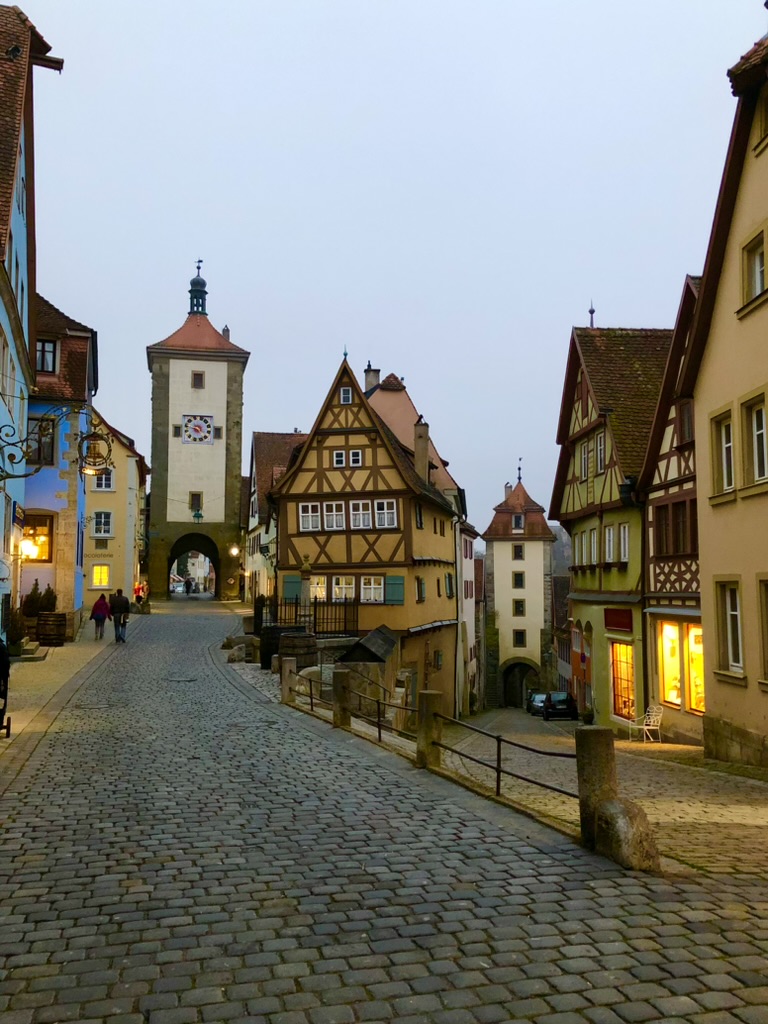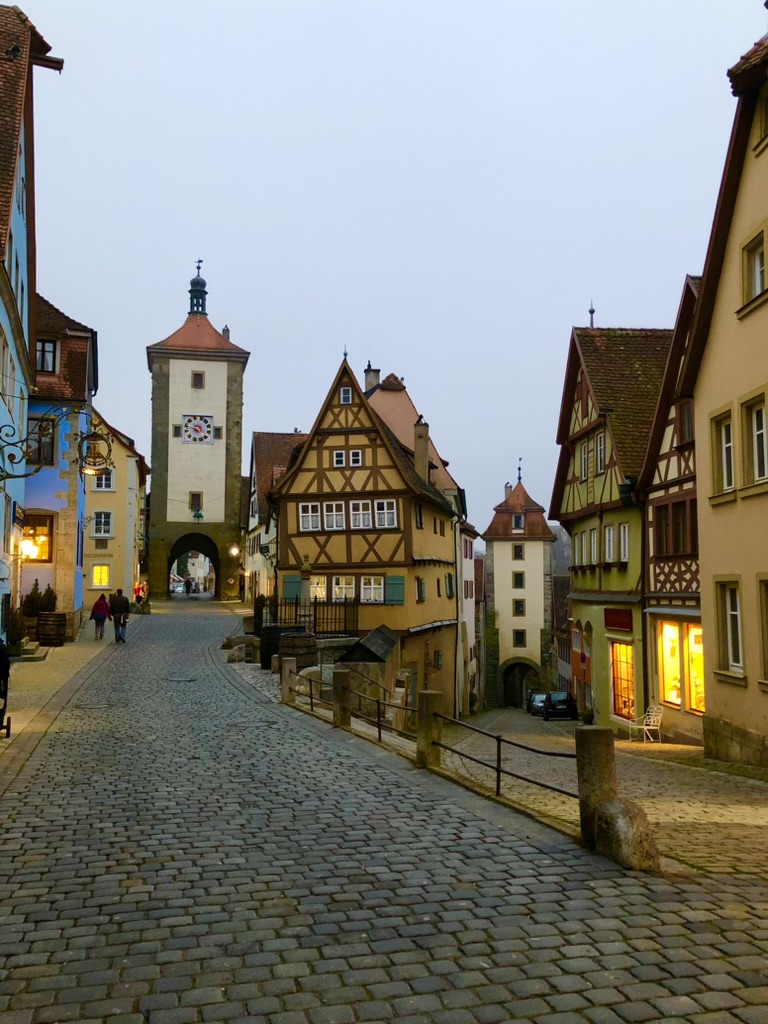
A feature I most enjoy on the iPhone is the one that serves up photo memories from years past with a little overlay of music. Recently, at the end of November 2023, I was provided with a few images from two years ago. In November of 2021, just before many places had fully come out of Covid, I took a wonderful little trip to Germany for some solo backpacking. I could no longer ignore certain flight deals, and I was growing somewhat stir crazy from almost two years of travel confinement.
I had long been curious about Germany; especially those towns that I had read about in classes back in university. So, it should be of little surprise that after several nights in Berlin and then Nuremburg, I took the train over to one of Germany’s most famous medieval towns – Rothenburg ob der Tauber.
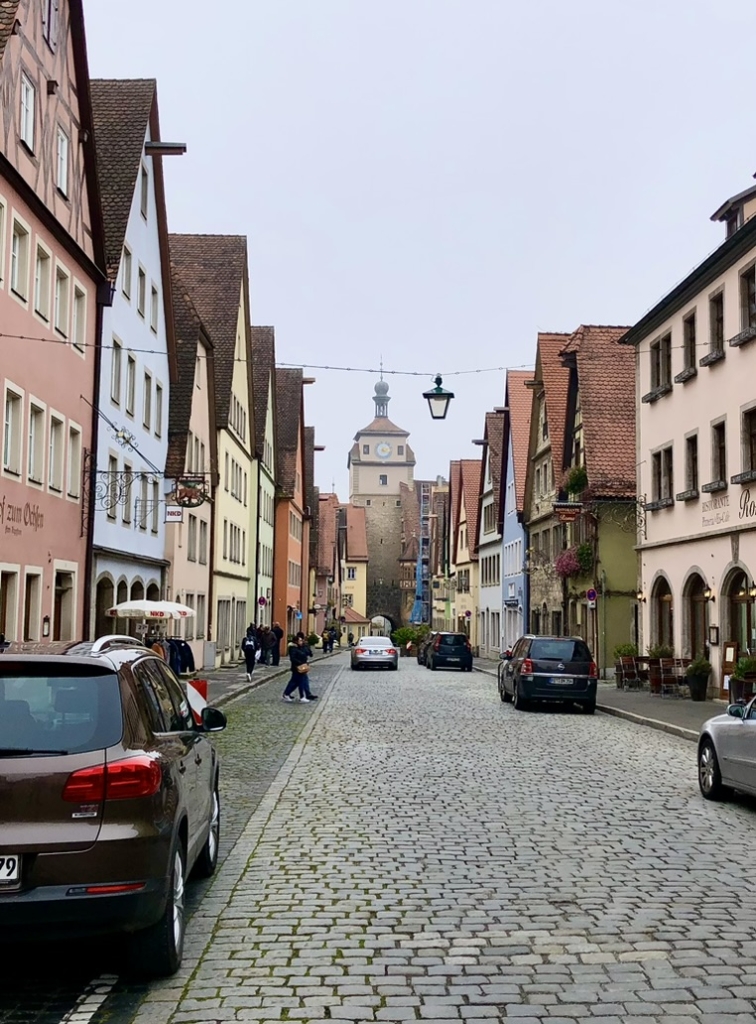
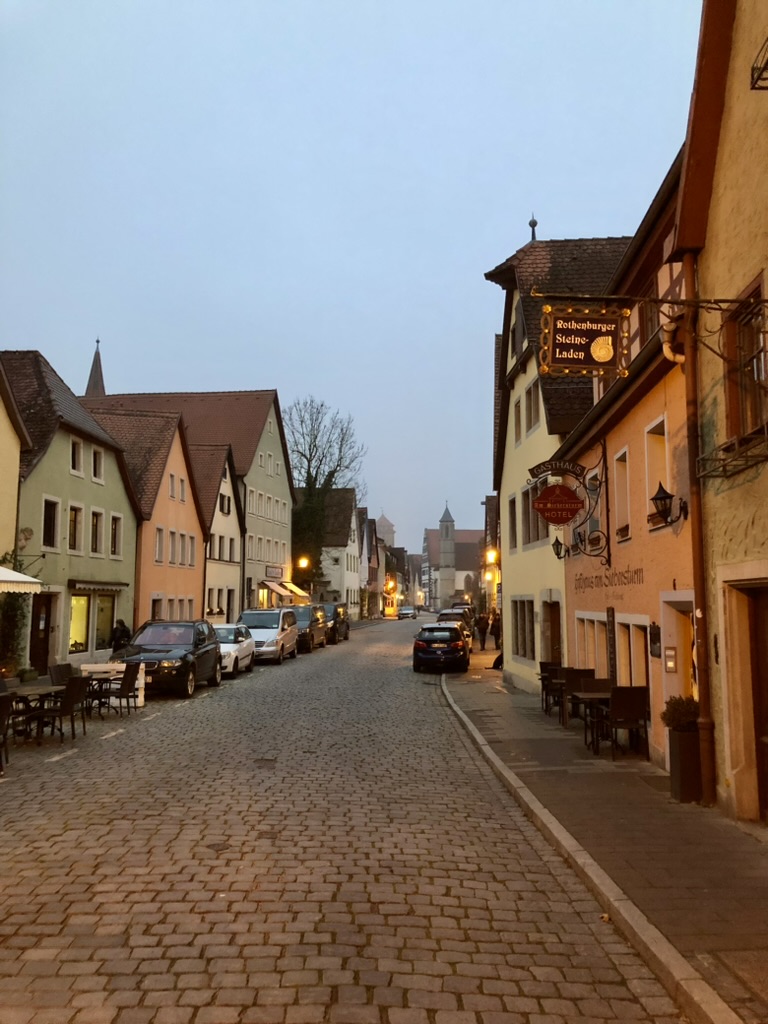
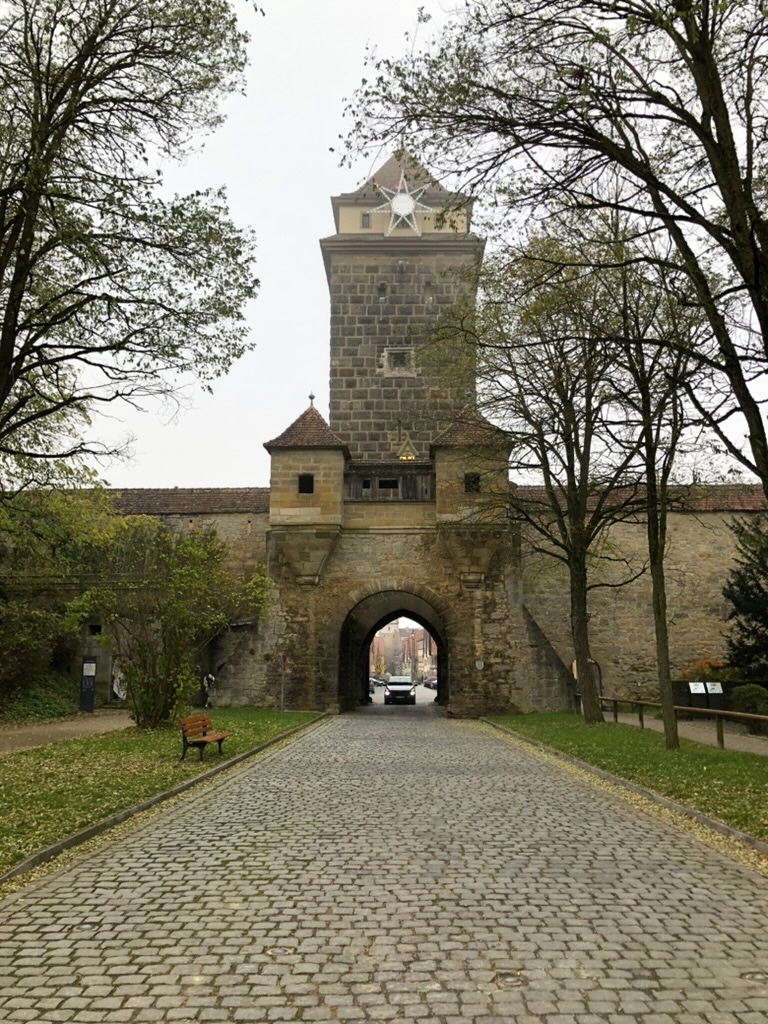
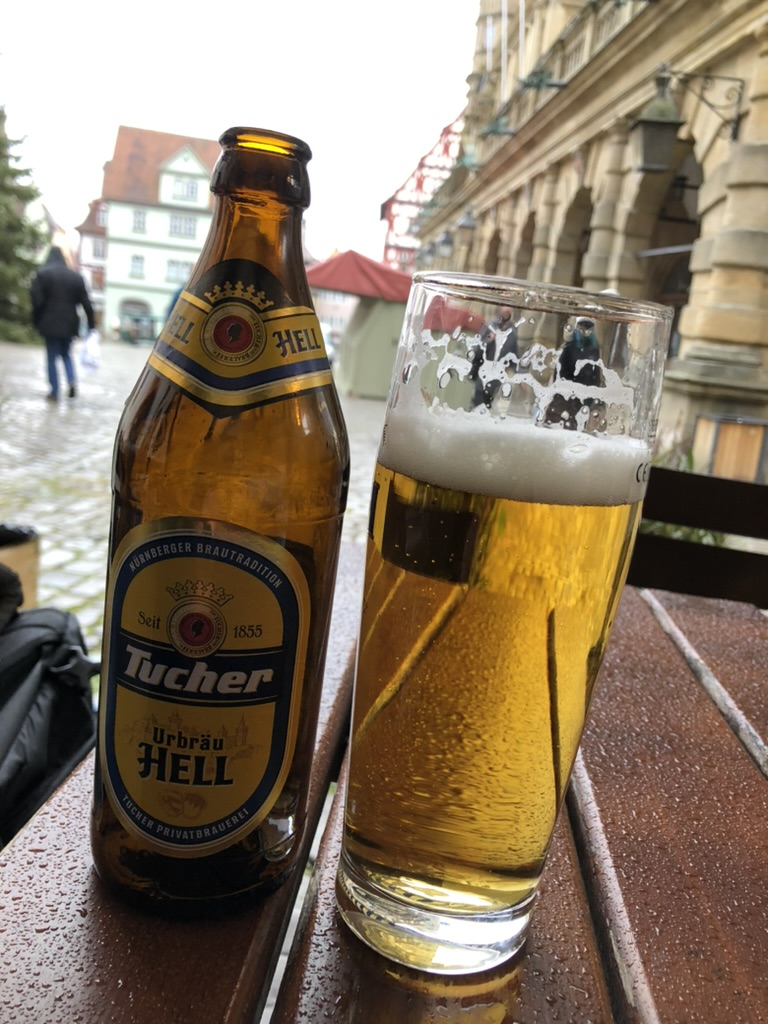
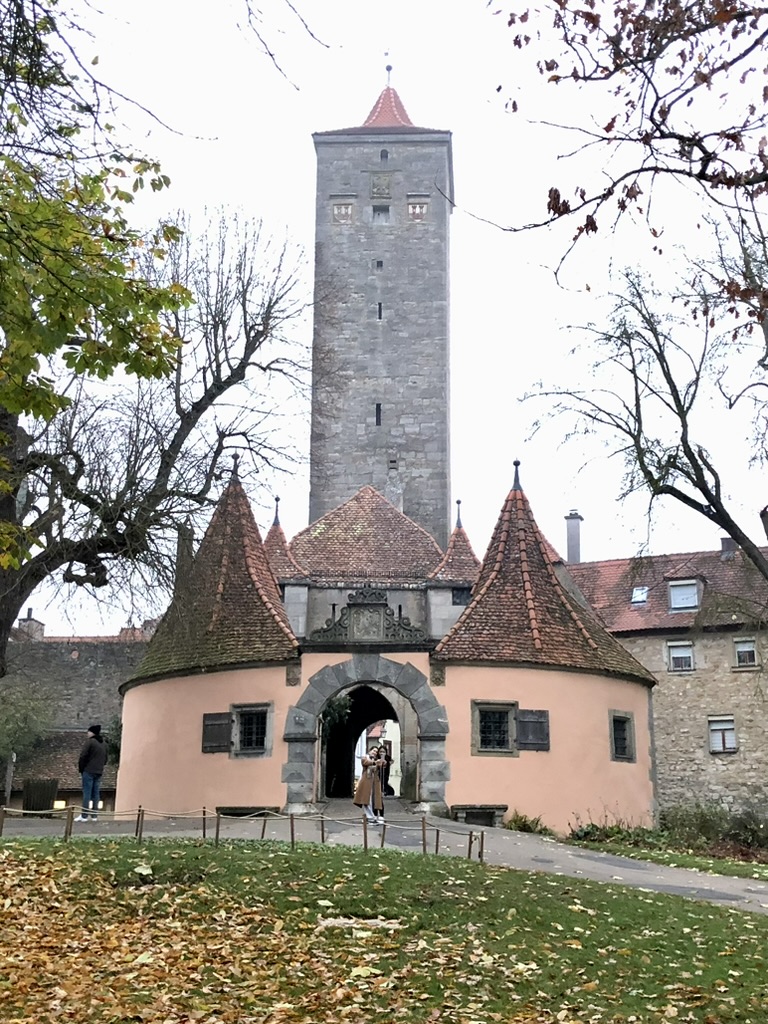
Rothenburg’s history in a nutshell is Medieval boom, Early Modern bust, followed by another boom from Modern tourism. Let’s have a quick look at these timeframes and this amazing city.
By the 12th Century, the city of Rothenburg was forming and key fortifications and walls were built. The city’s perch above the river Tauber had some obvious natural defensive qualities that could be exploited. By the 13th century, Rothenburg had been granted the coveted status of Free Imperial City. These types of cities were not subordinate to another regional city, lord, or bishop and owed their fealty direct to the Holy Roman Emperor. As a result, powerful civic leaders emerged and these cities often had more autonomy and control over their own affairs. The city’s growth to ~6000 people marked it as both wealthy and stable.
But after the Reformation, Europe’s religious divisions culminated in the Thirty Years War (1618-1648), a conflict that was particularly hard on the German states. In 1631, an Imperial Catholic Army sought to quarter some troops in Rothenburg for the winter, but the city had strong Protestant leanings and refused. This led to a brief siege followed by the surrender of the city to the Imperial troops. Rothenburg’s wealth was plundered by the army. This was followed by plague which swept through the town, killing many of its citizens and strangling what was left of the economy and trade. And here, Rothenburg fell into poverty and obscurity – a point that ultimately froze it in time and preserved it for future generations. There was no political will or financial investment to perform modernizing projects or reimagine the town with some Baroque or Classicism architecture. For over 200 years, the residents of Rothenburg eked a living as they always had and were likely in awe of how other cities (and the unified country of Germany) modernized around them.
Only in the middle of the 19th Century did the eye of time look upon Rothenburg again. As with the Romantic Lake Poets in England (Wordsworth, Coleridge etc), Romanticism was moving across Europe and artists and intellectuals were reconnecting with the past, re-awakening to nature, and reacting against the Industrial Revolution. Part of this movement was the romanticization of history, particularly medievalism. The Middle Ages were now celebrated as a time of natural simplicity, greater affinity with the land, chivalry, courtly love and heroism. It is no coincidence that King Ludwig II of Bavaria began construction of the famous Neuschwanstein Castle at this time: the castle is the incarnation of an imagined Medieval picturesque beauty – almost a theatrical medievalism.
In this climate of Romanticism, few towns in Germany were better suited to benefit from the new interest in old things. Where once Rothenburg’s thick medieval walls and gates and sturdy stalwart old houses would have marked it as crude, it now became the ideal medieval city, perfectly preserved and perfectly beautiful as it was. There was no need to reconstruct anything: it was the real deal. Artists came to use Rothenburg and its surrounding pastoral landscapes as subjects for Romantic paintings. And the first tourists showed up…
In the succeeding decades, Rothenburg would jump completely into the spotlight as the traditional German City. By the 1930s, the National Socialist Party (Nazis) began to sponsor and encourage trips to Rothenburg from all over Germany and promoted it as the quintessential German Hometown. Parts of Rothenburg were destroyed and damaged during World War II, but they were reconstructed and repaired to blend in with the intact Medieval architecture.
These days, Rothenburg receives over 2 million visitors a year – mostly during the summer months, and mostly day trippers. Any guide book will advise you to spend an overnight to experience a more intimate Rothenburg as the day trippers leave in the evening. This was particularly the case in November of 2021, with Covid protocols still in effect and the town Christmas Market season still a couple of weeks away.
I had gone for a stroll after 10pm in search of a place for a drink. I’ll never forget just how empty and abandoned the streets were. Most of the restaurants in the main Marktplatz were closed or closing, having finished their last dinner servings. Several other establishments seemed to be waiting at least until the Christmas Market started in December before even bothering to open at all (the Christmas stalls were being set up in the square in anticipation, but I later learned that Christmas markets throughout Bavaria were cancelled for 2021 as Covid cases spiked).
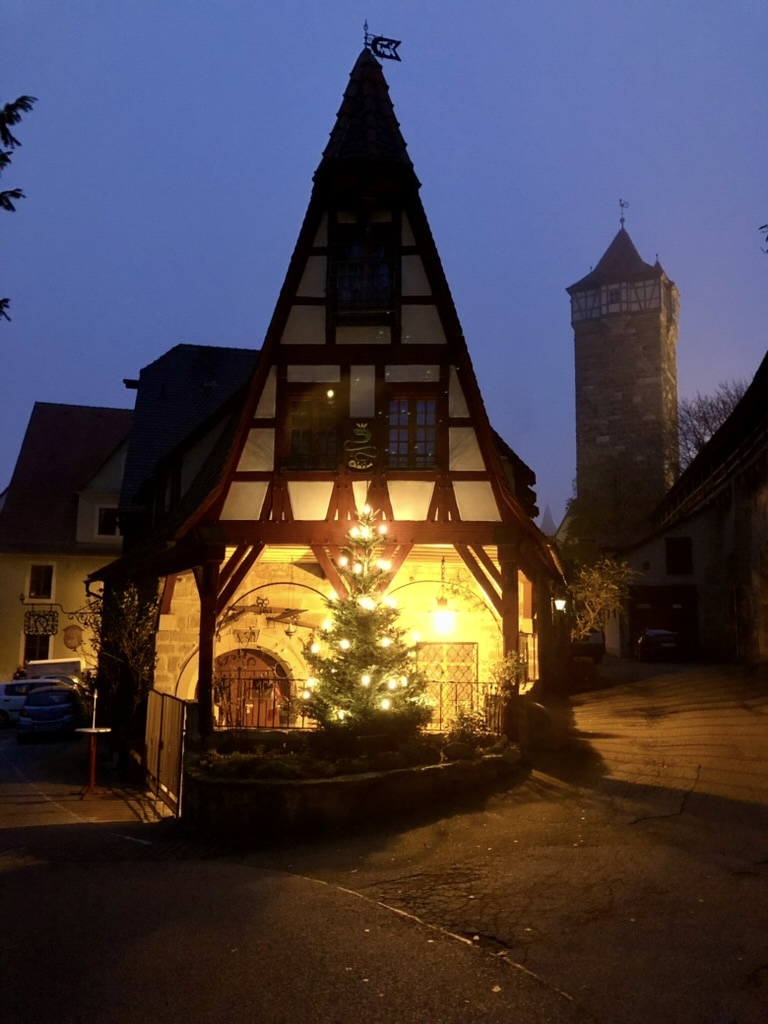
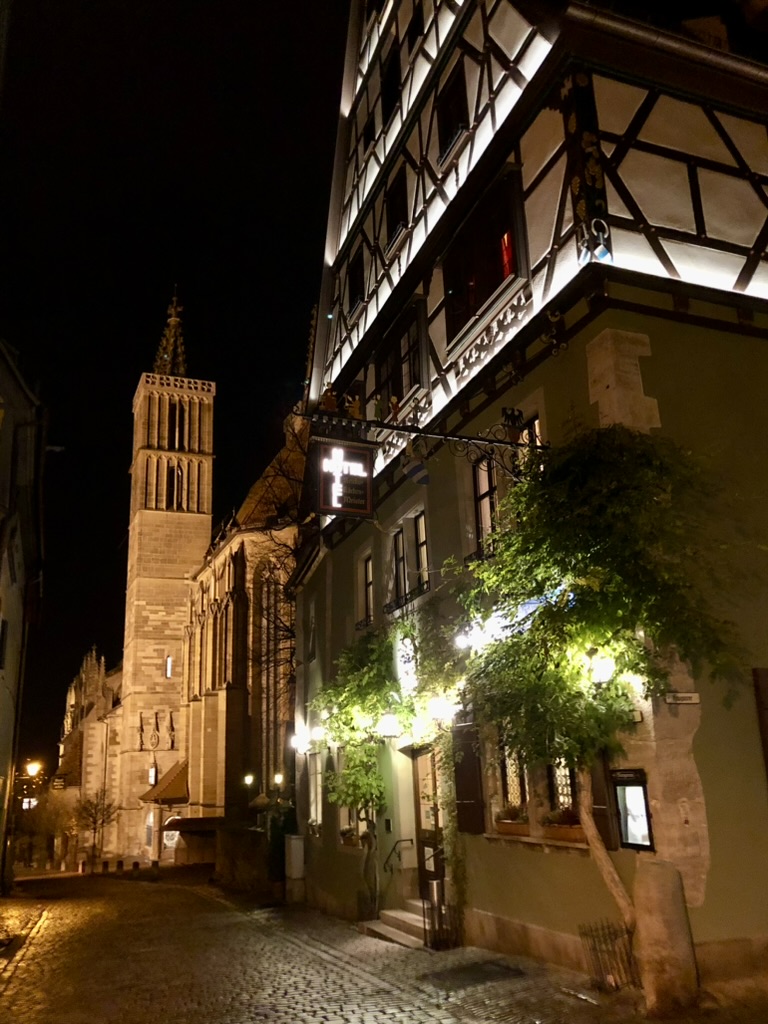
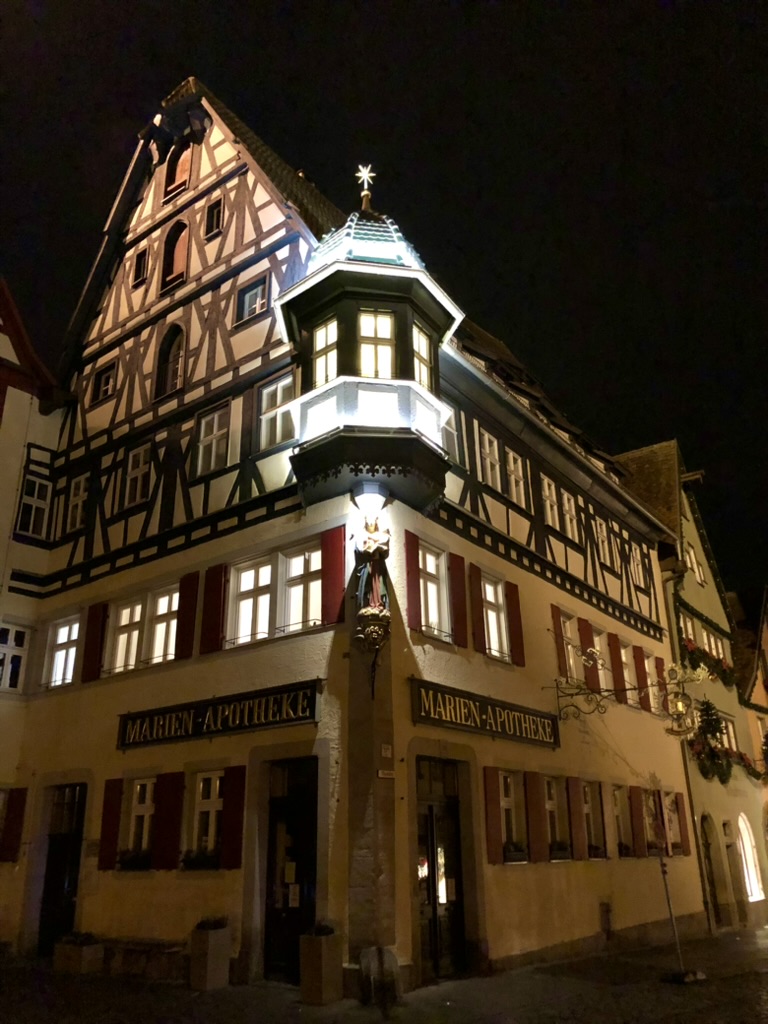
The night was windy and there was a light misty rain that could only be seen when it blew around some of the streetlights. With the exception of the infrequent car on the road, Rothenburg’s medieval city was entirely deserted. From the road, I could sometimes peek at some warmly lit rooms that belonged to guest houses or perhaps private residences. I even strolled for a brief while on the city walls to see if this vantage would lend me a benefit to finding a pub, but there was none – and the walls were even more solitary than the roads! And as I wandered down each street flanked by old houses with steeply peaked rooves, I began to think that there would be no beer for me on this night.
But as I passed through one of the great City gates, to my left I saw light blazing from a few windows and I could hear the faint sound of singing. It was so odd after the thick quiet of everywhere else. I approached a door, not certain if perhaps it was a private gathering or a “locals” only establishment. But as I cautiously entered, I beheld a nearly full common room of tables and patrons, and a lone empty chair at the bar. It was perfect! A group of some six or seven men with pleasant voices were merrily singing songs in German. It was as if I had just stepped into life, into cheer, and it was a marvelous night where I did some writing in a notebook in what seemed like the only open bar in all of Rothenburg. I returned to my hotel well after midnight. I have a picture of the bar name on my phone, still: Landwehr-Bräu am Turm. I highly recommend it, though I know my special experience with the place might not breed objectivity.
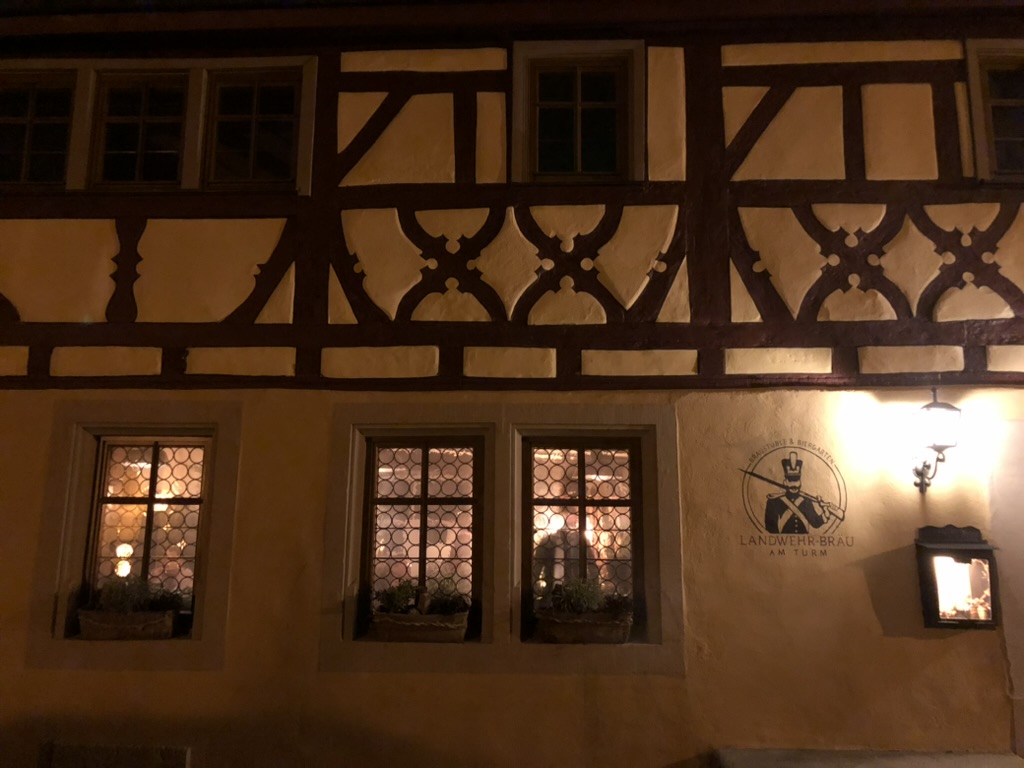
The following day, I continued my explorations of Rothenburg. The sky was leaden, but the town had more life to it as tourists came to enjoy the shops. It seems impossible to not visit the Museum of Punishment, one of the oddly celebrated tourist stops. Here, you can familiarize yourself with an entire litany of contraptions that either degrade you, torture you, or both. Whether the macabre museum played with my mood, or I was more partial to just solitary walks, I opted to spend the day walking around the city, the walls, and the valley along the river. Rothenburg really is a magical place to experience, especially from different angles. I remember, again, how quiet the valley was on the trail along the river – I came across only one or two other walkers.
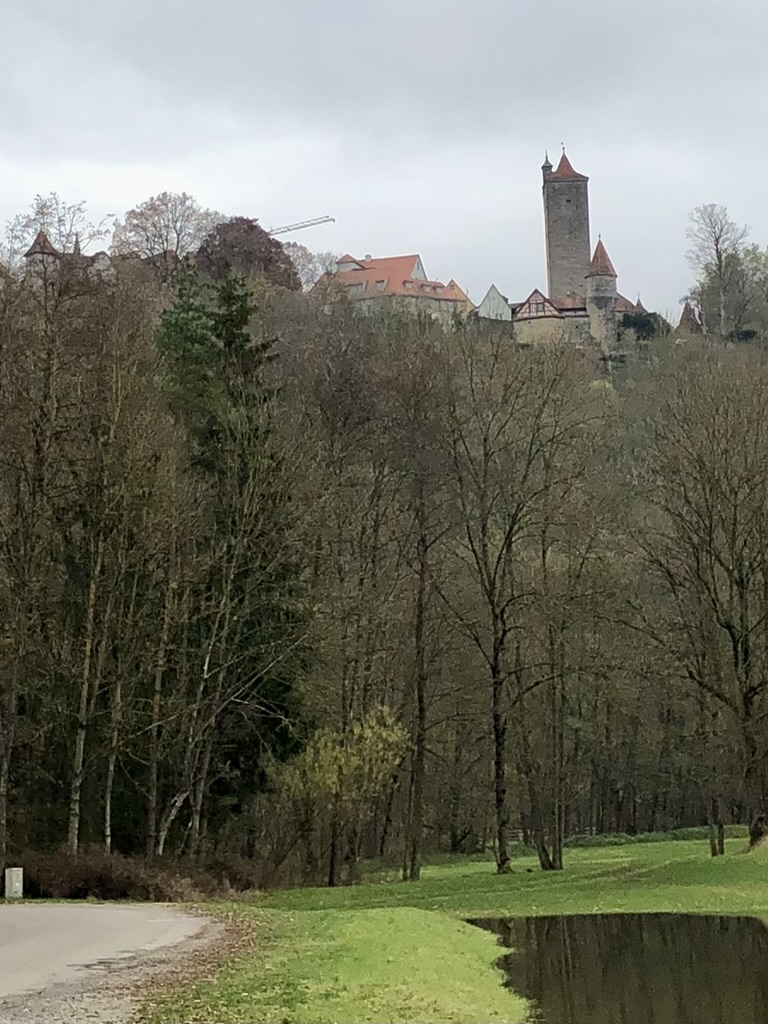

And as you look up to Rothenburg from the valley, you can see the sturdy towers, gates, thick walls and the slanted reddish rooves. With a little imagination, you can feel that you are looking at a glorious city with the eyes of a medieval merchant coming upon Rothenburg for the first time hundreds of years ago – and that might make you smile, as it did me.

